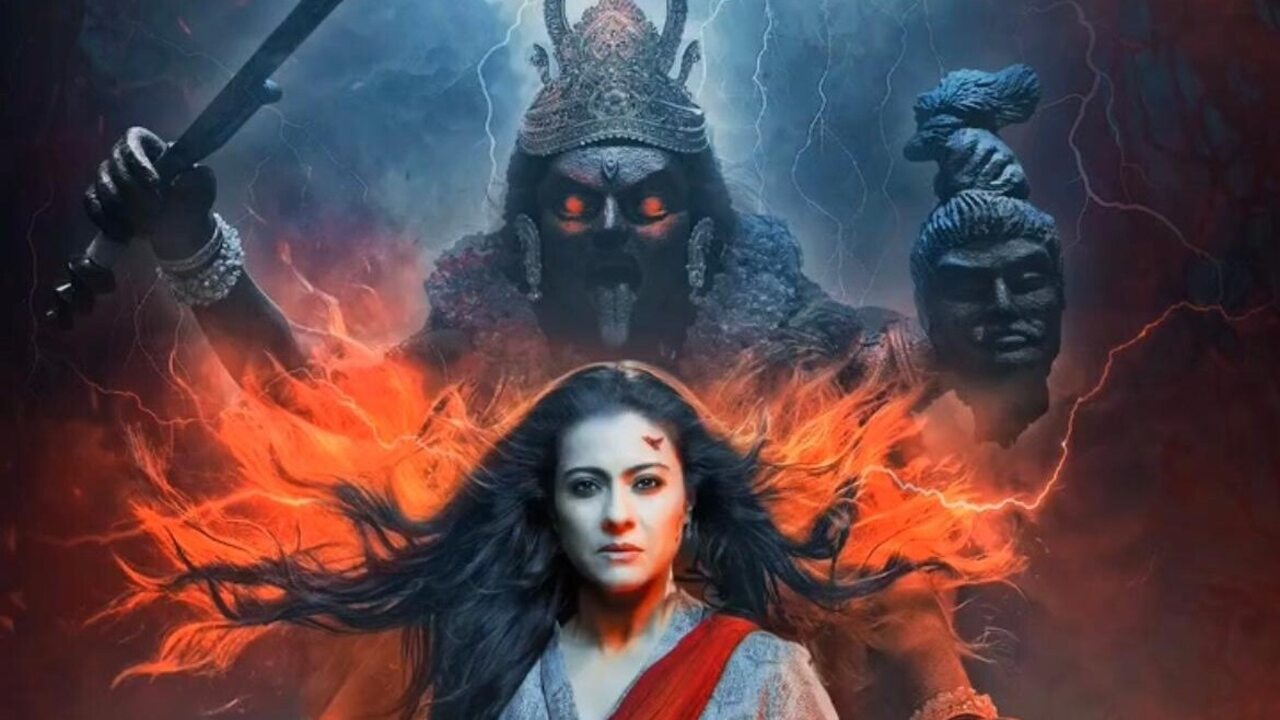
It has been 26 years since Kajol and Ajay Devgn acquired married. The couple might need gone by way of their share of troubles and joys, however on social media platforms, they typically – like most celebrities – find yourself being the goal of meme-makers and troll military. I keep in mind listening to scandalous gossip after Kajol, who appeared in The Kapil Sharma Present together with her husband to advertise Shivaay, confessed that she was not knowledgeable about Devgn’s kissing scene. Jokes have been made about Devgn’s so-referred to as tobacco-consuming habits on account of his involvement in Vimal commercials (bolo zubaan kesari). What’s extra, a brief video of Devgn’s demeanor, first in entrance of Tabu after which Kajol, was not too long ago circulated on-line. Therefore, one can say that with Maa, which has Kajol in the lead function and Devgn as one of the producers, the couple is telling the trolls, the media, and the meme-makers that all the things is simply good in the Devgn household. In Maa, Kajol steps into the footwear of Ambika, who’s portrayed as a benevolent mummy. She by no means raises her hand in opposition to her daughter, Shweta (Kherin Sharma), or is seen yelling at her. Shweta by no means asks for costly devices or garments, so there isn’t a friction between her and her mom over the buy of materials items both. The one “unreasonable demand” Shweta places ahead is the one through which she requests to be taken to her father’s (Indraneil Sengupta) village, Chandarpur. Properly, Ambika shoots down this request with a tender voice and a mild tone. Via this movie, Kajol is actually awarded the title of ‘Greatest Mother of All Time,’ whereas Devgn, by supporting her as a producer, portrays himself as a faithful husband who adores his spouse. He is being partner. The alternate title of Maa could possibly be The Divine Devgns.
However Devgn does not merely adore Kajol. He has thrown his cash on a movie that treats her as a goddess. Maa might very nicely be a late anniversary reward. By naming Kajol’s character Ambika, the film rapidly establishes the circulation of Goddess Kali’s blessing. The opposite moms merely exist to look helpless and weary. They apparently do not have that Nice Mommy Power, which Maa mentions by way of the story of Raktabija vs Kali. Nonetheless, the story (Ajit Jagtap, Aamil Keeyan Khan, and Saiwyn Quadras are the writers) is considerably first rate. It begins with the ritual sacrifice of a younger woman and transitions to the abduction of adolescent ladies at the onset of menstruation. The film assaults patriarchy and the solely time the pictures and the idea stick collectively is when demon ladies strike Ambika underneath the affect of a male forest demon. Translation: As a rule, it is the ladies who combat with one another to defend the patriarchal system. Given all the you-go-woman vitality, it’s no surprise Vishal Furia was employed to direct the film. Furia has been criticizing man-made guidelines since Lapachhapi; he locates horror in male supremacy. His intentions are positive, and if Furia had a sense for aesthetics, his movies might have been spectacular. In comparison with different motion pictures in his filmography, Maa comes throughout as Furia’s most coherent outing. Outdated habits, although, die laborious, and the downside with Furia is that he nonetheless sees scenes as “lovely stills.” One can pause his movies, take snapshots, and add footage on-line to reward cinematography (if fairly footage are your concept of cinematography).
Furia is at all times so busy making his frames “aesthetically pleasing” that he pays no consideration to both the execution or the script. Think about Chhorii 2’s ending. Sakshi tells Daasi Maa that to defeat the monster, she must return to the nicely. The implication is that patriarchal values persist, and ladies nonetheless have an extended battle forward to realize equal footing in society. Nevertheless, what you see on the display screen seems half-baked, clumsy, unintentionally humorous. In Maa, the characters are positioned in creepy but visually interesting settings, however they’re lowered to mere features inside the script. Furia works with pawns, and his pictures are merely ornamental. In his Precedence Listing, concepts come first, pictures come second, and execution occupies the third place. That third facet is commonly handled as an non-compulsory ingredient of filmmaking, which is why Furia’s movies can really feel incoherent and ungainly. The ultimate battle between the goddess and the demon in Maa resembles a poorly shot Marvel film. There may be one other problem with Furia’s model of “horror as social service.” He recycles the usual style methods (spooky faces showing all of the sudden, blankets being pulled by an invisible entity), which finally undermine his good intentions and expose his lack of creativity. So, whereas Kajol is topped a robust lady, a terrific mom, and spouse, Furia will get virtually nothing. Earlier than smashing the patriarchy, the director first must develop a potent voice.
Last Rating- [2.5/10]
Reviewed by – Vikas Yadav
Comply with @vikasonorous on Twitter
Writer at Midgard Instances
